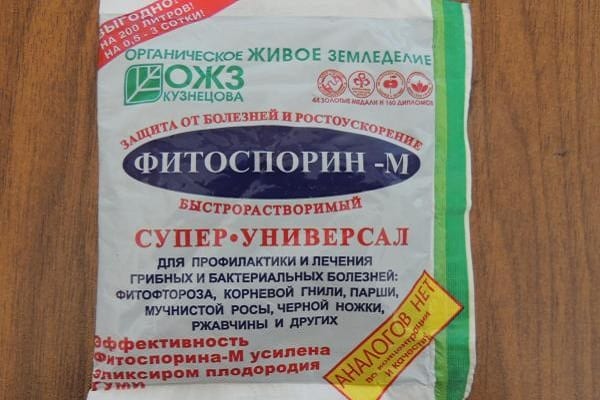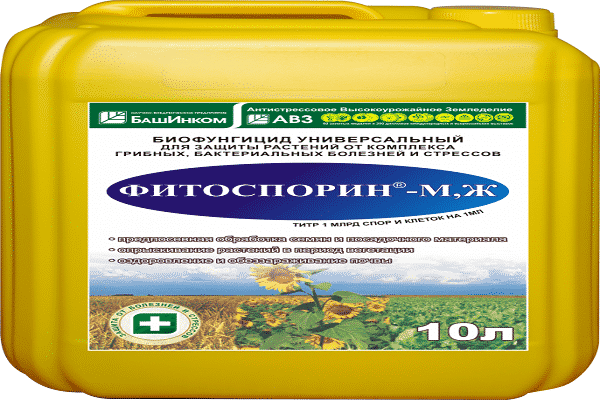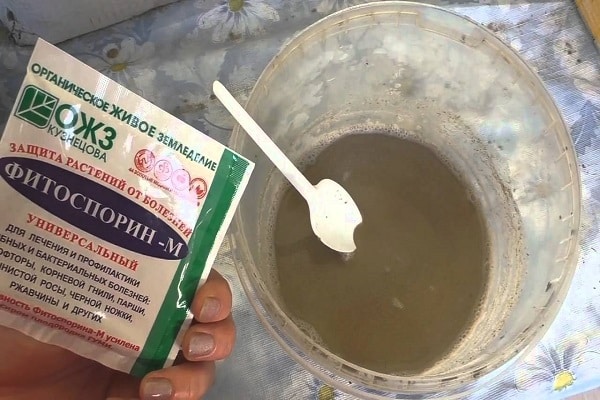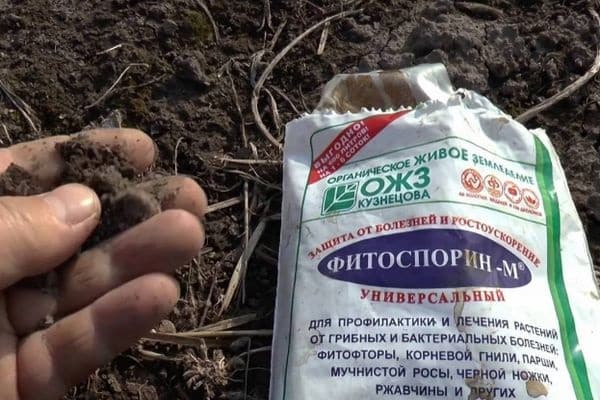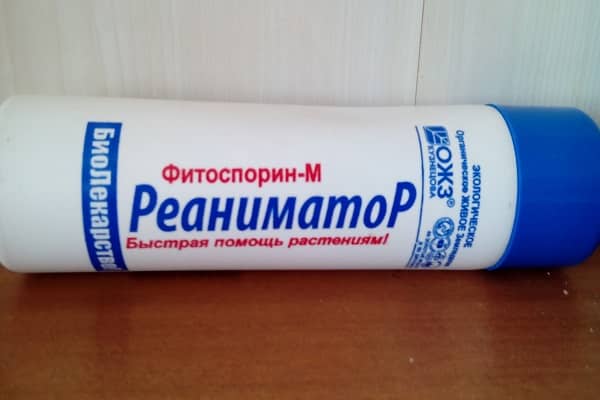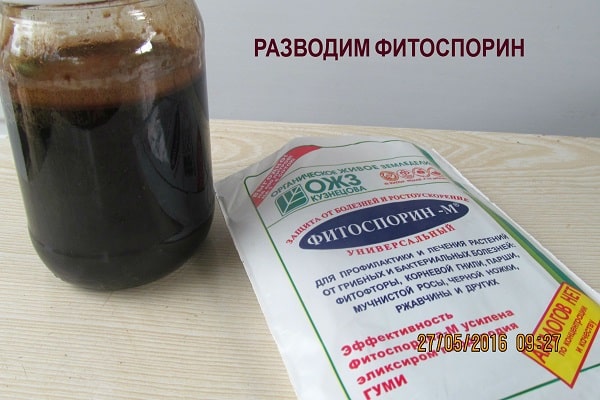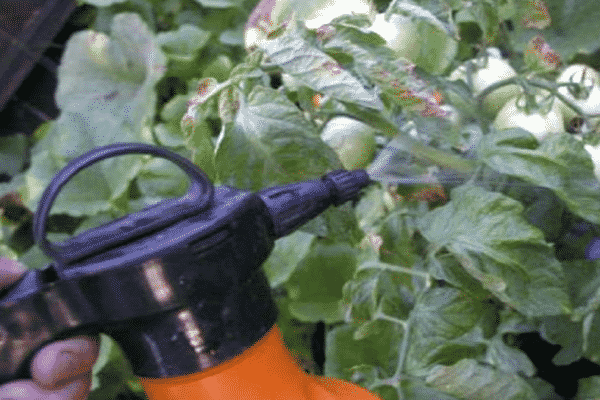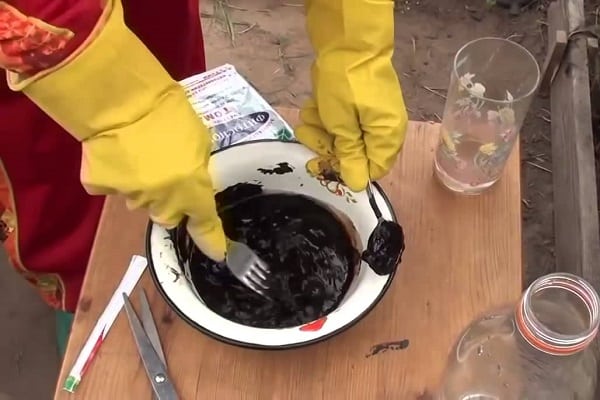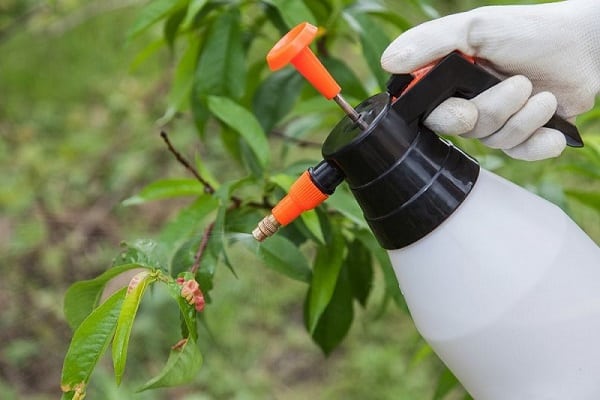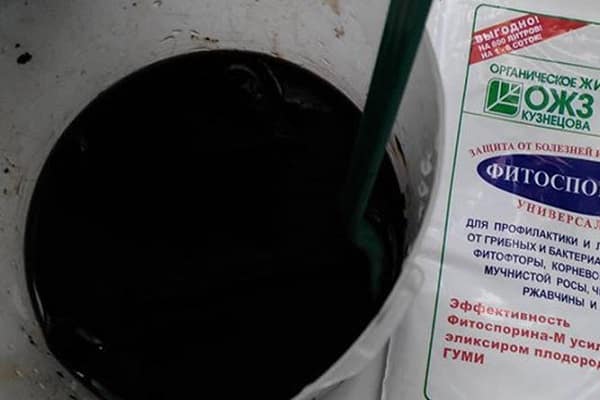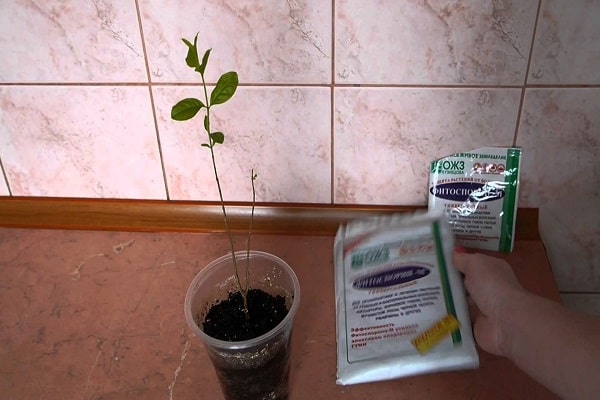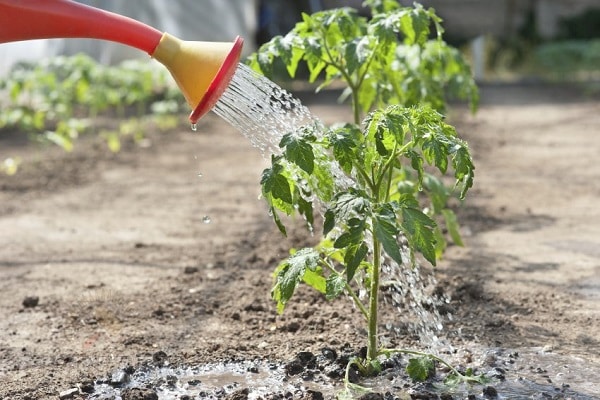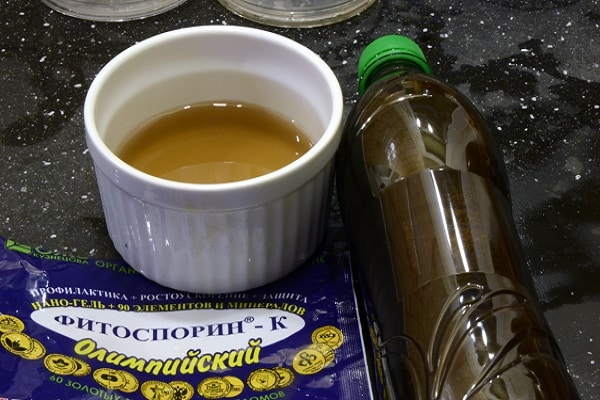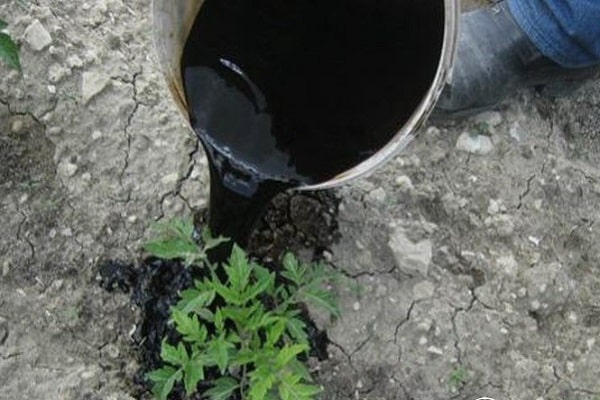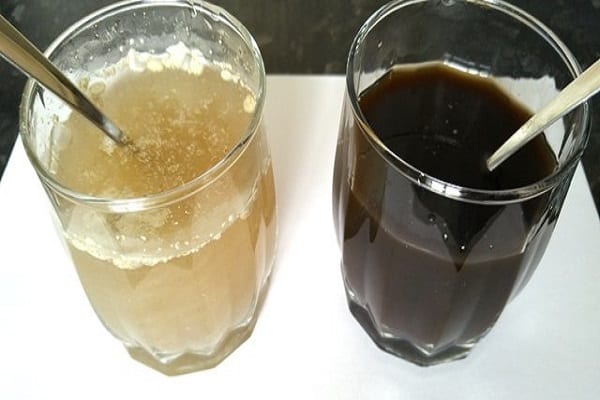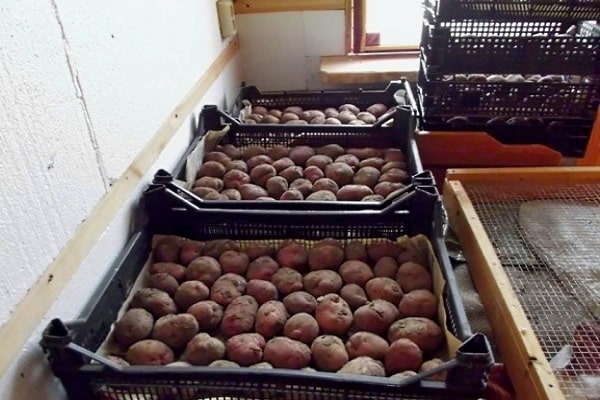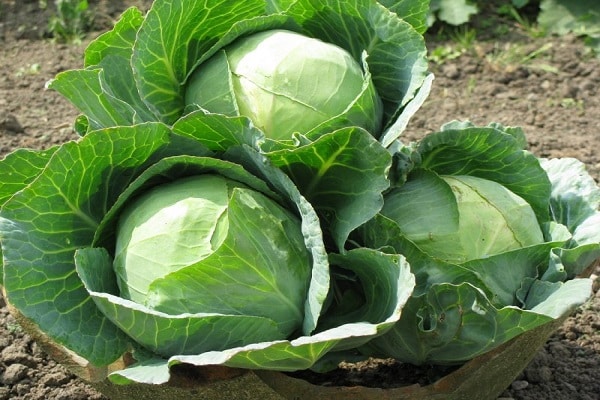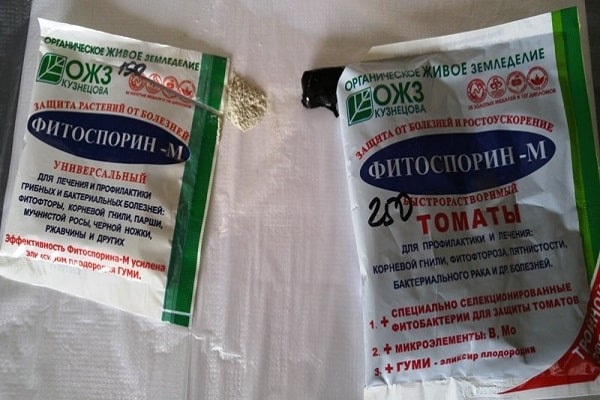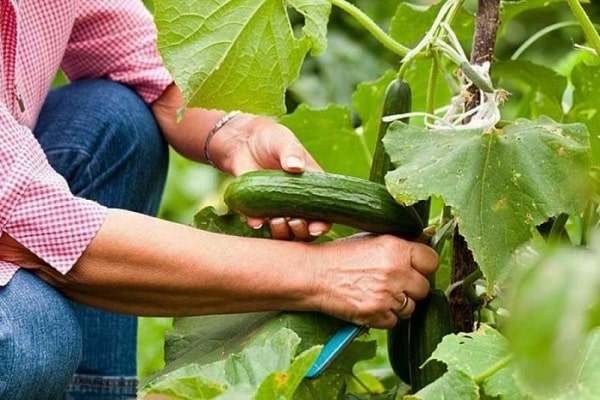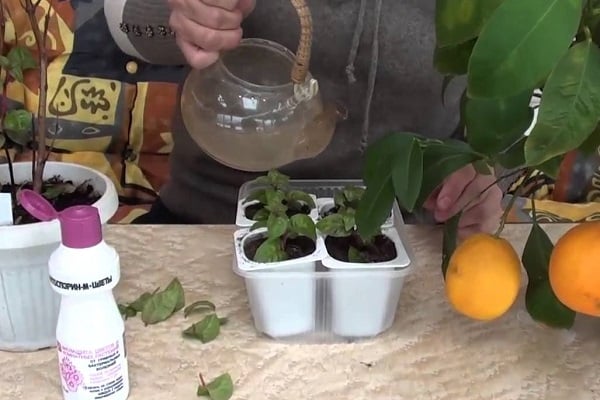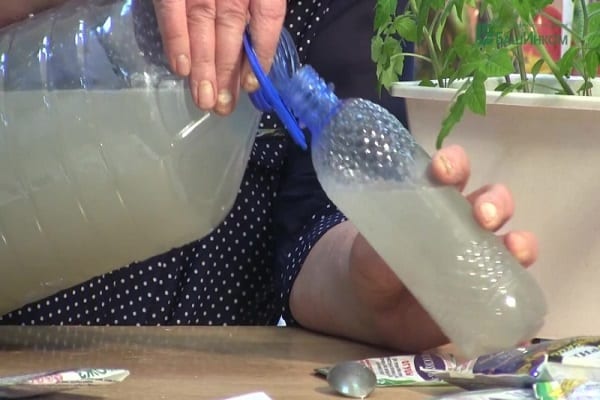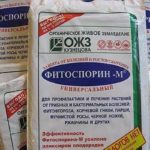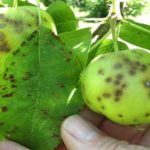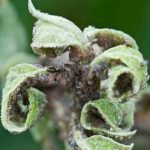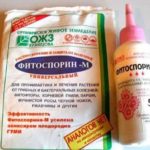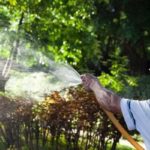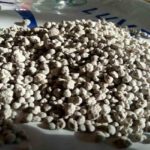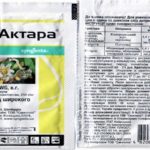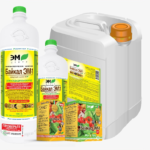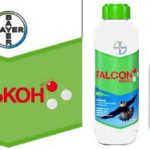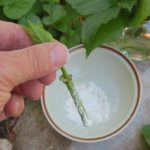More and more new products appear on the pest control product market every year. One of the latest generation drugs is Fitosporin; the advantage of the fertilizer is considered to be ease of use and effectiveness in the fight against a large number of pests. Before use, it is recommended to read the instructions for the drug and existing safety regulations.
- Release forms
- What diseases does it help with?
- Scab
- Root rot
- Withering
- Seed mold
- Powdery mildew
- Brown rust
- Septoria
- Other diseases
- Instructions for use
- Paste
- Powder
- Drops
- Proportions for processing various vegetables
- Potato
- Cabbage
- Tomato
- cucumbers
- Flowers
- Safety precautions when working with the product
- Storage conditions and shelf life
Release forms
The basis of the latest generation drug consists of living spores and cells. The product belongs to the group of fungicides, which guarantees long-term preservation of properties. The manufacturer of the fertilizer is BashInkom, which produces the drug in three forms:
- pasta - is a flat cake weighing 200 g, sold in a small package;
- powder - sold in sachets weighing 10 and 30 g;
- drops are an aqueous suspension.
The main difference is the number of spores and cells in 1 g of product. The largest amount of them contains the drug, produced in powder form. All forms of “Fitosporin” have an important quality in the form of an immediate onset of action after processing the plant. Each package contains brief instructions with information about the features of dilution and rules of use, which must be read before starting work.
What diseases does it help with?
The advantage of the drug is its effectiveness in combating various diseases and the possibility of use for various types of garden crops. At the same time, its use allows compost to quickly decompose, improve soil quality and make planting material more resistant to a significant number of diseases that Fitosporin is intended to combat.
Scab
It is a common type of disease in horticultural crops, often affecting fruit-bearing trees and potatoes. A characteristic sign of the disease is the appearance of irregularly shaped spots, ulcers and warts on the outer surface of flowers, leaf blades, shoots or tubers. If measures are not taken in a timely manner, tree leaves become covered with brown and black spots, and eventually dry out and fall off.There are several types of scab, but all of them lead to crop loss.
"Fitosporin" is used for preventive purposes and, if necessary, to combat the first manifestations of scab. The spraying or soaking method can be used, the latter method is often used to process seed material, including potato tubers. To rid fruit trees of scab, spraying is used, since the watering method is not justified due to the high consumption of the solution.
To treat the crown, prepare a working product by diluting 5 g per 10 liters of water. In this case, the first procedure is carried out when the first leaves appear, the second is repeated when the ovaries are present.
Root rot
It belongs to a type of fungal disease, often called “blackleg” in everyday life. The most common reasons for its appearance are waterlogging of the soil, the use of contaminated soil or tools. It is almost impossible to cure an affected plant, so the main efforts are directed towards prevention. When the disease appears, the plant in the lower part begins to wither, darken and eventually dies. “Fitosporin” in this case is used to prepare a solution for pre-sowing seed treatment.
Withering
The disease belongs to the group of fungi, which can affect a plant regardless of its age. The source is located in the soil and, when exposed to a garden crop, leads to rotting of the roots, thinning of the stem and gradual yellowing of the leaves. “Fitosporin” is recommended to be used for preventive purposes at the stage of sowing seed material into the soil.
Seed mold
The disease occurs as a result of the activity of fungi, the mycelia of which, under favorable conditions, begin to multiply rapidly.Symptoms of an abnormal situation are the presence of a film of mold on the surface of the soil. They are not capable of causing serious harm to adult plants, but they pose a serious threat to seeds and young seedlings. Microorganisms penetrate inside and destroy tissues, plants die. “Fitosporin” is used in the form of a solution, which is used to treat the soil and young shoots.
Powdery mildew
A fungal disease can affect garden and home crops. The first symptoms are the appearance of a white dust-like coating on the plant. Gradually, the affected area increases and can cover the entire plant. Over time, the leaves turn yellow and dry out, new ones practically do not form or grow ugly. The main methods of control are to eliminate the causes, watering and spraying with drugs, for which Fitosporin is often used.
Brown rust
The disease is associated with the appearance of small pads on the leaves of the plant, which are commonly called pustules. The formations can be of various shapes, but when they touch or crack, a substance in the form of a dark powder, which is fungal spores, spills out. The disease can affect fruit, vegetable, and flower crops; it is most dangerous for grain crops.
Septoria
The disease is associated with the appearance of dark spots with a yellow border on the leaves of plants. Over time, they grow and can cover the entire area of the leaf plate. When the disease occurs, premature loss of green mass is observed. Prevention is by following the rules of crop rotation and using sprays at the first signs of damage.
Other diseases
The scope of application of the drug is quite wide, and it can be used to combat dozens of types of diseases, mainly of fungal origin. It is used to process seed material, water contaminated soil and spray diseased plants. The drug perfectly fights diseases of fruit and berry crops, flower plants and vegetable crops.
The product is effective against monolithic burn, rhizoctonia, cercospora, bacterial cancer. Statistics indicate that the effectiveness of the latest generation of drugs is from 65% to 95%, which depends on the method of application and the type of disease.
Instructions for use
The drug is used in any of the periods and stages of plant growth. The concentrate is diluted according to the manufacturer's instructions, the proportions are determined by the form of release and the purpose of use. Activation of bacteria occurs only in water, so it is not advisable to sprinkle the soil with powder. It is not recommended to use tap water for preparation, since the chlorine contained in the liquid leads to the death of active microorganisms.
To prepare the solution, take water after boiling, rain or from a well.
There are restrictions on environmental conditions under which the drug cannot be used. In bright sunlight, bacteria die, so choose weather without sun or evening hours for work. If there is a threat of rain, it is better to postpone the spraying procedure, since the protective film that forms on the plant when the active substance hits it is easily washed off by precipitation, and the process will have to be repeated.
The frequency of spraying treatments varies from 7 to 14 days. When watering the soil, the duration between repeated procedures is:
- vegetables - 1 month;
- fruit trees, shrubs - 2 months;
- indoor species - once a month.
Paste
The solution is prepared from 100 g of paste and 200 ml of water. When preparing any volume of liquid, you should be guided by the rule of using proportions of 1 to 2. Next, the liquid is diluted with water, the amount of volume added depends on the purpose of further use:
- tubers and bulbous material for spraying - 3 tbsp. l. base solution per 200 ml of water;
- soaking seed material - 2 drops of base solution per 0.5 cup of water, holding time 2 hours.
- spraying vegetable crops—3 tsp. concentrate per 10 l.
Powder
The solution should be prepared no more than 2 hours before use. To prepare, you must follow the following rules:
- soaking bulbs and tubers - 10 g of the drug per 0.5 liter of water to treat 20 kg of planting material;
- soaking seeds - 0.5 tsp. per 100 ml of water, procedure duration 2 hours;
- to treat the root system to combat rot - 10 g of the drug per 5 liters of water, the roots are soaked in the prepared solution for 2 hours, and at the time of planting, the soil is watered with it.
In order to prevent garden crops, plants are sprayed with a working solution. The concentration of the drug depends on the type of plant and the area of the treated area. Before planting seedlings in a greenhouse, the soil is treated with Fitosporin by spraying the structure and watering the soil 7 days before planting the seedlings, using a solution of 5 g of the drug and 10 liters of water.
Drops
This form is often used for spraying the foliage of growing garden and indoor plants. Can be used for processing vegetables before storing them.For preparation, use proportions in the form of 10 drops of the drug per 200 ml of water. A similarly prepared solution is used if necessary to root cuttings and perform pre-sowing treatment of seeds.
Proportions for processing various vegetables
Potato
The drug is used to treat root crops and soil before planting, which acts as a means of disease prevention. During the growing season, it is permissible to spray plant shoots. After harvesting, potatoes are sprayed for better storage. They process not only seed, but also potatoes for food.
When spraying tubers, follow the following recommendations:
- autumn - 5 g of powder per 250 ml of water;
- soil - 5 g of powder per 10 liters of water;
- planting material - per 10 kg 5 g of powder per 250 ml of water;
- green mass - for every hundred square meters 5 g of powder per 10 liters of water.
To prevent diseases, it is recommended to spray the tops twice. The second procedure is carried out after the first, 10-15 days later.
Cabbage
"Fitosporin" is used as a preventive and therapeutic agent. For soaking seed material 0.5 tsp. powder is dissolved in 1 liter of water. For spraying use 2 tsp. products for 10 liters of water. If necessary, the procedure is repeated after 2 weeks.
Tomato
"Fitosporin" is used at any stage of growing tomatoes. To soak the seeds, prepare a solution at the rate of 0.5 tsp. powder per 1 liter of water or 2 drops per 200 ml of water. Planting material is kept for 2 to 3 hours. The same solution can be used to treat the root system of seedlings before planting.
To treat the soil use 1.5 tbsp. l. for 10 liters of water.During the growing season, a spray solution is used, which is prepared from 2 tsp. powder per 10 liters of water. To improve the stickiness, it is recommended to add a little liquid soap to the solution. The procedure is repeated every 14 days. Before use, the solution should be left for 2 hours to activate the bacteria. At temperatures below 15 0C spraying is ineffective, since microorganisms become inactive and are capable of falling into suspended animation.
cucumbers
Treatment of cucumbers with the drug is used at any stage of cultivation. The following proportions are used:
- seed treatment - 0.5 tsp. powder per 100 ml of water;
- spraying home seedlings - 1.5 g of powder and 3 liters of water;
- treatment of bushes - 10 g for open ground, 5 g for greenhouses per 10 liters of water.
During the growing season, it is recommended to carry out 3 sprayings, the break time between each of them is 15 days. When using a paste, make a solution of 10 ml of the drug per 10 liters of water, this amount is enough for 1 m2. The remaining solution can be used to water the soil.
Flowers
For spraying flower crops and treating the soil, use 200 g of paste dissolved in 400 ml of water. Seeds and flower bulbs can be treated with a similar solution. When using a liquid solution, dilute 2 drops per 200 ml of water. To prevent diseases, spraying is carried out every 3 weeks; to treat the plant, the procedure is repeated every 7 days.
Safety precautions when working with the product
The drug can cause minor irritation of mucous membranes upon contact with them. The drug is safe for garden crops and most insects. For the safety of bees, the nearest hives should be located within a zone of more than 5 km.
Berries and fruits can be eaten immediately after processing the plant, but before doing this, the fruits must be rinsed well with water. When working with the drug, you must follow the accepted safety rules. Processing is carried out in special clothing, gloves and glasses; smoking or eating is not allowed. In case of contact with mucous membranes, wash off the product with a large volume of water. If the medicine ends up in the stomach, you need to drink 4 glasses of water, induce vomiting and take activated charcoal.
Storage conditions and shelf life
The advantage of the drug is the ability to be stored in a wide temperature range, starting from -50 0C and ending up to +40 0C. At low temperatures, bacterial activity stops and resumes when conditions return to normal. The recommended range for maintaining qualities is +20 0C to +25 0C. Storage is carried out in a dry place, limited access to children.

